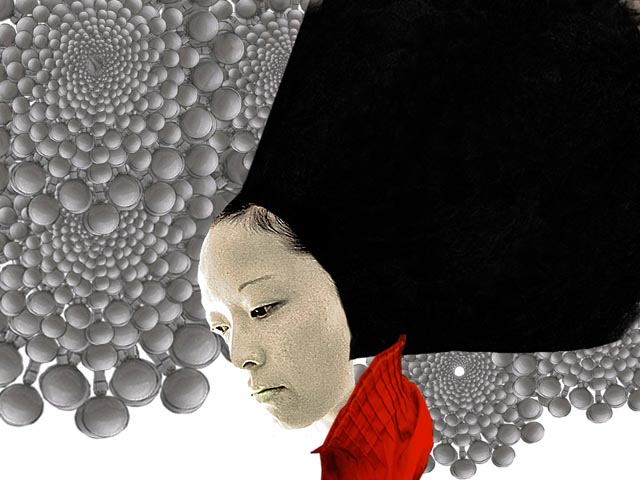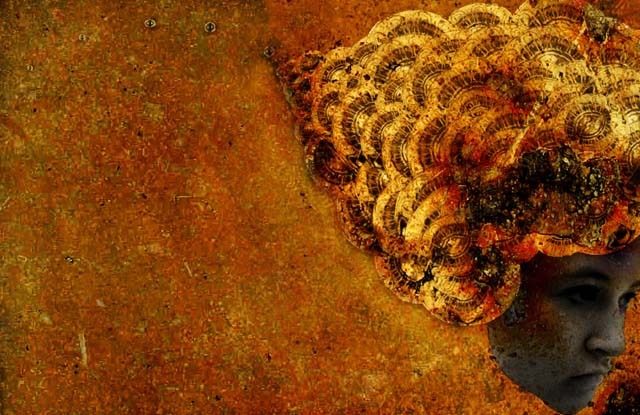Just a few notes since my last post...
I watched "Most High" and "Keane" a couple nights ago, both dealing with the madness that accompanies drug addiction or the loss of a child, respectively. The lead in "Most High" (also the writer and director) drops from 240 lbs to 125 during the course of the two years it took to make the film and that visual change marks the drastic impact of his addiction on his slide downwards to inevitable death. When his support base is pulled out from under him, he turns to crystal meth and it does what it does best. There were interstitials of real interviews with recovering addicts that did get incorporated in a meaningful way at the end. "Keane" follows a man franticly searching for his daughter who disappeared while with him in a subway terminal, drinking himself into oblivion, and generally coming undone. As it unfolds it becomes less and less clear if she ever existed, but that he has lost it and the search is a mechanism he uses to try and hold his fractured world together. A neighbor with a young daughter makes a connection and through that the lead is able to begin taking steps in a positive direction. Or at least that is my interpretation. The film is shot extremely close, similar to the effect in "Le Fils" (another powerful character study of forgiveness and growth. Highly recommended.) and this ratchets up the tension significantly. You are right in the characters face the whole time and get none of the context/surrounding visual input we are so conditioned to including in our assessment of a situation.
Tonight I watched "Sorstalansag/Fateless", a Hungarian Holocaust movie. Nearly two and a half hours of depression inducing horror and life affirming hope. Our protagonist is a 14 year old Hungarian Jew (in a haunting performance), who is arrested on his way to work and sent to a holding camp, before the journey to Auschwitz Birkenau. He is a survivor and his is a true story and we see the conditions worsen and worsen as the siege against body and soul rages on relentless. It is graphic in its portrayals (maggots in open wounds) and yet beautiful because the human spirit can endure so much when hope remains alive (a friend teaching him how to survive the inhumane conditions). Freed from the camps at the end of the war he returns to Budapest to try and start life again only to face rejection from his families former friends and neighbors, who find it easier to ignore him than acknowledge the evil they allowed to occur. Holocaust movies are especially difficult for me since I have both Jewish and German ancestry. This was a heartbreaking one. There is some exceptional cinematography here that really turns some terrible scenes into things of beauty.
I also heard the most beautiful track I've heard in a long time this past weekend. It was a Krome Angels' track called "KrisKrosRythms". Krome Angels are a psytrance supergroup with Shanti Matkin (Juvenile), Frederic Holyszewski (Deedrah, The GBU, Transwave), and Dino Psaras (Phreaky, Cydonia, Bullet Proof) , each a cornerstone of the genre in their own right and the combination seems to bring out the best in all of them. For whatever reason (bless them for it!) in KrisKrosRythms they break down into one of my favorite tracks by Ulrich Schnauss, "A Song About Hope". Pure bliss. And, sadly, not nearly long enough. And also, sadly, not officially released. Yet. I might be persuaded to pass it along if anyone asks nicely.
This is web design at its most staggering. It will cause pain to the viewer. You have been warned.
Friday, March 21, 2008
Subscribe to:
Post Comments (Atom)





No comments:
Post a Comment